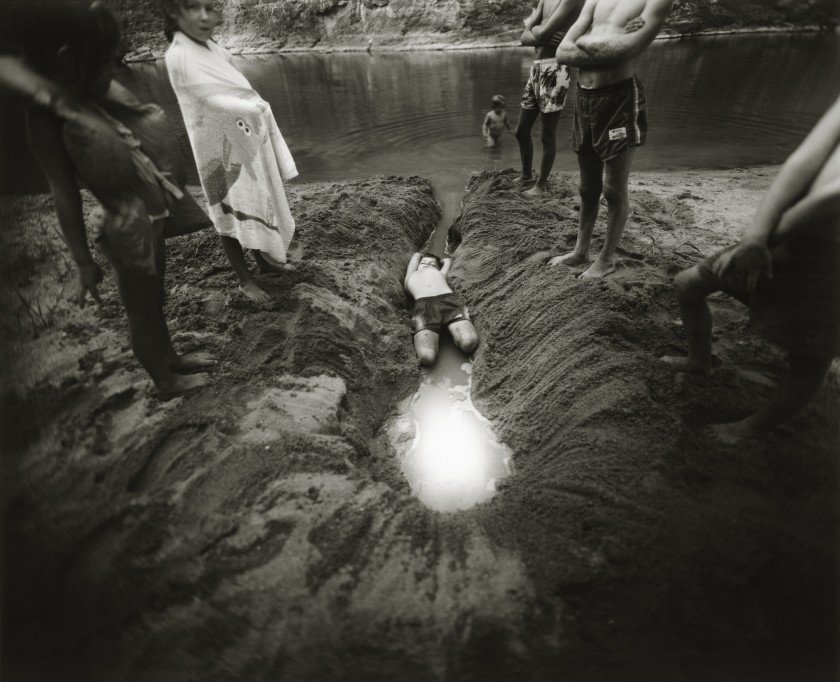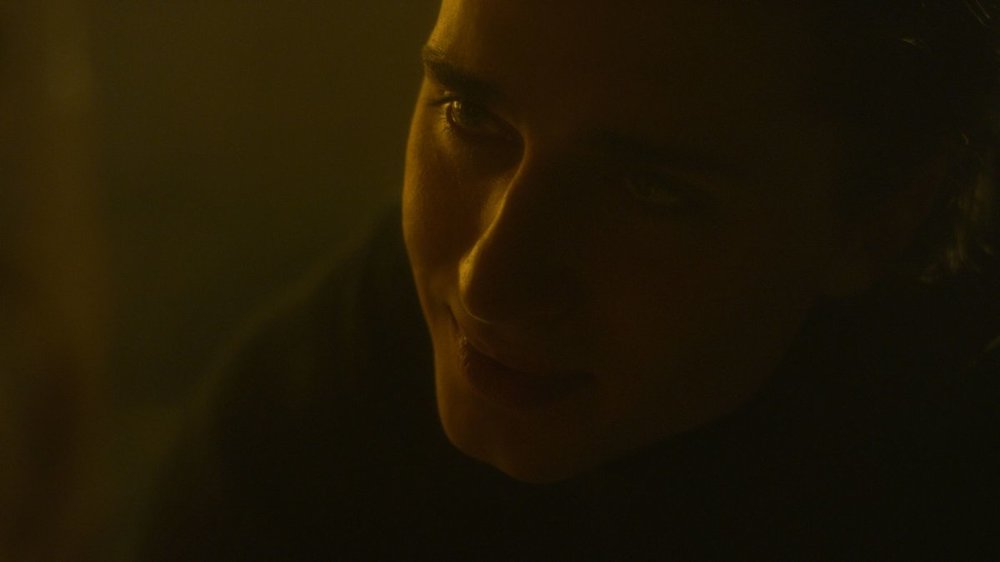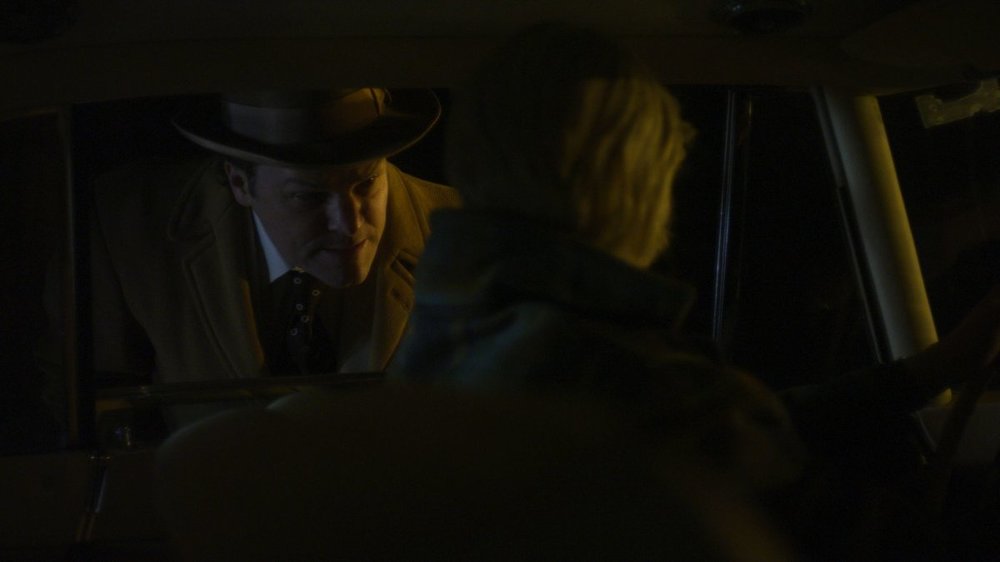
Rob Webster
Basic Member-
Posts
63 -
Joined
-
Last visited
Profile Information
-
Occupation
Cinematographer
-
Location
Los Angeles
Recent Profile Visitors
3,126 profile views
-
Michael Fitzer started following Rob Webster
-
Colorful Portrait Lighting
Rob Webster replied to Heath Orchard's topic in Lighting for Film & Video
For small areas of saturated colour I would use a smaller RBG LED (Ds1 perhaps) and make sure you have plenty of options to grid and flag each light so you dont end up with a muddy mush of all the colours mixing. -
Bruce is correct, I have tested this on various colour scenery and also colour charts. When adding the 85 in the telecine, (or even later in post) you are just adding gain to an underexposed layer. The red and green layers in the emulsion do not get "activated" as much when shooting without an 85, and so you will get grainy results and an odd balance of exposure & saturation between the R,G,B layers. Think about it as if you are boosting shadow detail that just isn't there. You can make that dark grey into a middle grey, but it isn't going to contain much detail or subtlety. Basically, don't do it unless you have to. Even if you are really pushed for exposure, I would still always rather underexpose by 2/3 of a stop with the 85, than go clean to get ideal exposure. 81EF also works nicely for mixed lighting situations. Probably just get enough from the Red and Green layers, but the correction is less.
-
Thanks for the tips guys, also fascinating article on "The Lighthouse", good to see classic techniques in use. I actually tested the Hawk F1 lenses at their new facility in LA yesterday- they are surprisingly sharp, and very interesting wide open. Much less of a novelty than i thought they would be. I'm moving more towards a full frame digital capture with older lenses such as Baltars or S2 Panchros at the moment. Thanks again for the help! I'll keep you all updated.
-
Hi Everyone, I have a project coming up that requires a very specific look. We are trying to create a monochrome (not necessarily B&W) look that replicates a photographic large format silver gelatin print, akin to the photography of Sally Mann. I've had a couple of ideas on how to get close to this but was wondering if anyone had any tips! Shooting 16mm or Digital is an option, but of course we are on a budget. Shooting on 16mm film probably seems counterintuitive given the reference images are all large format, but the director loves the gate weave and dancing grain of film, along with all of the artifacts that film provides- i feel this part of the aesthetic is essential. I was considering shooting 16mm Tri-X B&W, and then scanning on a Scannity 4k to get the max sharpness. In terms of optics I am going to test some old Darlot portrait lenses, as well as some other adapted cooke and zeiss lenses from Keslow, as well as Super Baltars. I feel the optics are key here to get that slight soft vignette, almost a portrait lens look that you get from Large format. I feel if we compose carefully in the middle of the frame and shoot wide open we may be able to replicate that out of focus vignette. Few factors at play here, any advice much appreciated! 1- Format- Film or Digital? 2- If film, do we shoot B&W or Colour and desat? 3- Lenses- Regardless of format, older, softer lenses are key here to replicate the large format look. 4- If film, are there considerations to be made with the kind of scan we get? The other unspoken option of course, is shoot digital and make the look in post but we won't talk about that untill its the only option!
-
How was this effect made?
Rob Webster replied to Stanislav Galaktionov's topic in General Discussion
Does anybody know if the TSB would work with a moviecam mk1? The Arricam ST and LT were based off the moviecam so wouldnt surprise me if some AKS were compatible, but seems like the TSB only works with the 435. Anybody know about this? -
working backwards in finding the correct aperture
Rob Webster replied to Mario Bosanac's topic in Lighting for Film & Video
Use P-cam to determine the split. As Stuart says, the distance between the two subjects is incidental. You need the distance from Camera to Subject 1, and camera to Subject 2. If you know the focal length, format and these two distances, any simple DOF calculator will give you the stop needed to hold both in focus. -
Justin, did the day end with some success at least? I would take a bollocking any day as long as the job gets done and the adults are happy.These rules seem antiquated for sure, they are what they are, and its the union's prerogative to make sure they are adhered to. It's also your prerogative to do what you think is best for the shoot and get the work done. If this means ignoring the union rules (which are not legally binding btw, you can't be arrested for touching a camera) then so be it.
-
Hello All, I wanted to share a few frames from a short film that I shot back in January. It's a story about a trio of folk singing brothers on the last night that they see eachother for a number of years. We filmed on location in Los Angeles, using Red Epic @ 5k (would have shot alexa but we had so little money), on my personal gorgeous set of rehoused Cooke Speed Panchro Lenses. These stills are all taken straight out of camera, with just the colour that I was seeing on the day. We made the decision early on to use only tungsten units, so we built a bunch of covered wagons, ring lights and overhead rigs all running household incadescent bulbs that we could dim and change out as necessary. These, combined with a number of tweenies on the ground, were really all we used, and I think it has quite a unique look because of that restriction. I would really appreciate any feedback or comments that anybody has, and of course happy to answer any questions also. Thanks All. Rob
-
On-set language (Camera Department)
Rob Webster replied to Anzer Sizov's topic in Camera Operating & Gear
In the UK this would be called a "Paul Daniels" -
I know this road has been trodden a million times before, but I'm after a new floor bag. I have a stanley open top bag for lugging round little bits and tools, but I need to upgrade from the tool bag I use at the moment to a more substantial floor bag. The problem in the UK at the moment is that Panavision and Arri (who both use the same supplier I think) are sold out and there is a four month backlog on orders. Modular 51 charge an offensive amount to ship to the UK and cinebags are also bloody expensive and very hard to find. I was looking at the Domke f2 but I its only 30cm wide so doesn't really compete in size with the Arri or cinebag. Anyone in the UK found anything good recently that can be easily collected and isn't going to destroy my fragile bank balance? Lowepro look Ok but are more for camera's than tools and kit, and doesn't have a lot of pockets for stuff like report tins etc. Thoughts? Cheers, Rob
-
Hmm yeah I suppose just hand-roll it back into the feed side.
-
Evening all, On a show next week and we are doing some registration tests with an XTR. Never actually done this before, so assuming the DOP is going to use the double-exposure method, how would I go about getting the exposed stock back into the feed side. I'm assuming there is an incredibly obvious solution to this problem, just can't think today; need a hand. Any advice greatly appreciated. Cheers, Rob
-
I know it's well past the point where anyone probably cares about this but for sake of sharing knowledge, I found out today (completely by accident), that you can toggle feet/metres in the following way. This isn't in the manual for older XTR's, but is in the manual for newer ones, even if the body is pretty much identical....either way: 1. Power down camera and remove from power supply. 2. Power camera up whilst holding "MAG" button. 3. Still holding "mag" button, push the "run" switch into test mode. 4. Flashing "feet/metres" will come up and you can use "mag" button to choose. DISCLAIMER: This works for newer XTR's, not sure how backwards-compatible this method is. Maybe give it a try someone?
-
That's a lot easier than most of the confusion on the web would suggest. Thanks fellas.
-
And I mean specifically the business with the blue and yellow aperture marks. Is this only on the older primo's?






